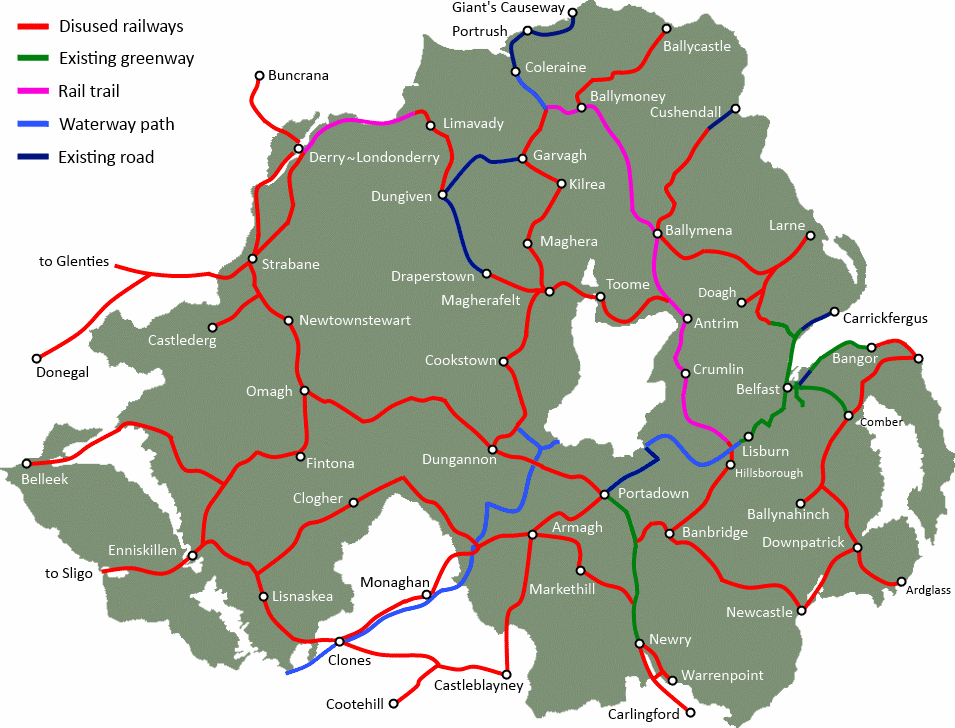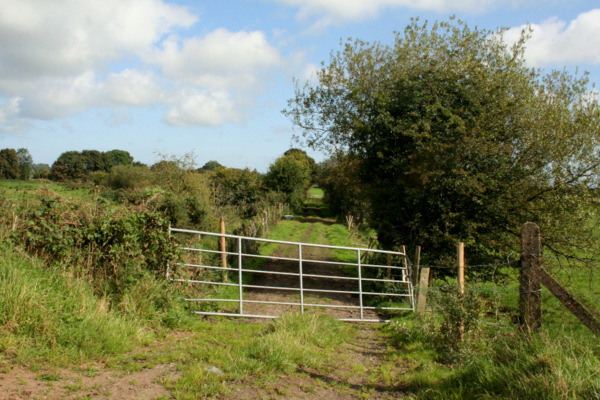During the recent hot spell in May, I launched a mighty Twitter rant about the dearth of cycle commuters in Belfast. I was fairly challenged on a number of assertions about Belfast’s population and commuter flows. Having subsequently had a little time to look over available data, there are some clear conclusions to be drawn about the possibilities of modal shift in Belfast – getting punters to give up car travel in favour of the humble bike.
Continue reading “Belfast: a city with untapped cycle potential”




 Completing the main line of the former Belfast and County Down Railway, there is potential to open a 10-mile dedicated cycle and walking path from Downpatrick to Newcastle. Opening access to the Mourne countryside can help to encourage active tourism and encourage healthier lifestyles in Northern Ireland.
Completing the main line of the former Belfast and County Down Railway, there is potential to open a 10-mile dedicated cycle and walking path from Downpatrick to Newcastle. Opening access to the Mourne countryside can help to encourage active tourism and encourage healthier lifestyles in Northern Ireland.